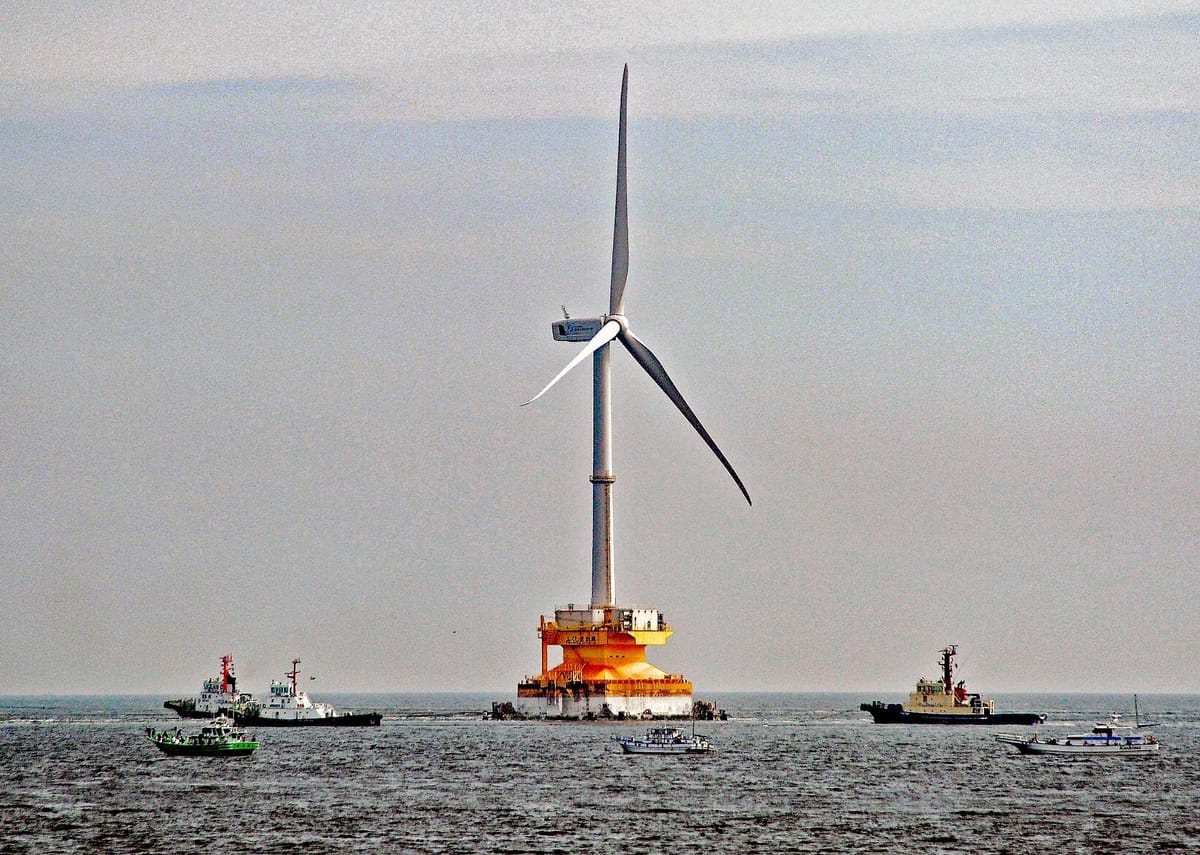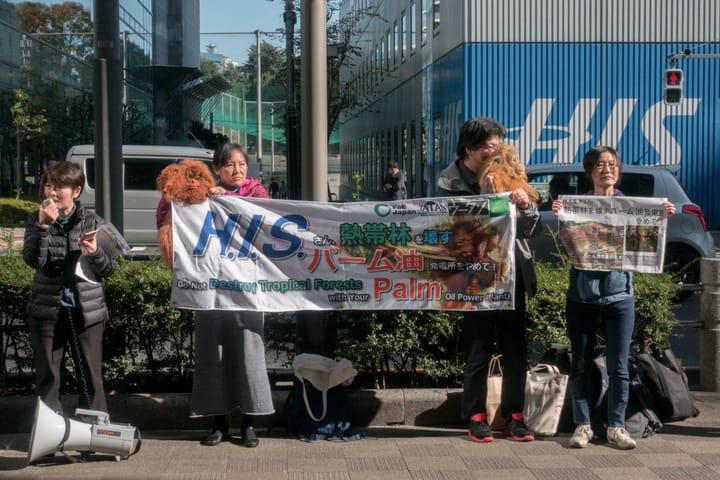Climate Action and the lagging Japanese Automobile Industry: -Part I-

Japan’s automobile industry has failed to rapidly adopt Electric Vehicle (EV) technology, and Japan is lagging on procuring materials for battery technology, our journalist members, Toshiaki Hibino and Akihiro Oates, say.
They discuss this and issues with the Japan-only push for hydrogen cars, based on their years of experience covering environment, science and industry.
※Part Ⅱ is available, here.
Auto industry lagging
Toshiaki Hibino The slowest industry by far is the automobile sector. The auto industry has been changing direction to developing hybrid vehicles, for instance.
Toyota Motor Corp has been at the forefront of the industry in the development and production of hybrid vehicles, but the world is already moving toward EVs. In addition to this, both Toyota and its union were pressing for the ruling Liberal Democratic Party (LDP) presidential election in September, saying, “Kono Taro must not be allowed to become prime minister.” There was pressure from both the company and the union to “pull him down.” You can see how strong the resistance was.

Changes in the car mechanisms
Akihiro Oates Automobile production uses all kinds of materials such as steel, leather, cloth, glass, plastic, etc. It is an industry that is indispensable to domestic demands as it involves the design, production and sale of a single car, followed by maintenance and replacement of parts until the car is scrapped.
If this cycle cannot be managed domestically, even necessary vehicles (such as care taxis and fire trucks) will have to be imported. The people of Japan do not want to become a country that cannot build or repair anything.
Japanese manufacturers could have taken the global lead in the production of electric vehicles and lithium batteries. Yet, they are only campaigning to popularize them.
With EVs, the number of components is greatly reduced. What was needed to control the engine will no longer be needed when the EV motor replaces it. Mechanisms to control lithium batteries will be necessary, but these will only be overhauled when the car is scrapped or recycled. The same is true for gasoline cars…there is no doubt that the technical skills for production and maintenance will change dramatically.
I would also like to point out that the automobile industry has a very broad base. It is often argued that “automobiles are an export industry, so we should protect them,” but, in fact, the Japanese society revolves around manufacturing and sales of cars, and buyers’ driving them. The vehicle inspection system is one of the mechanisms to encourage people to purchase new vehicles on a regular basis, and efficient tax collection systems, such as weight tax and liability insurance, are also in place. All of this makes a complete cycle. It has been the source of funds for road maintenance since the end of World War II, but the ‘beneficiary (citizen)’ shoulder the burden.
Japan’s procuring of large quantities of lithium
Oates What I learned from my coverage of lithium resources is that even the external organization of the Ministry of Economy, Trade and Industry (METI), which is in charge of the development and procurement of mineral resources, had not predicted such a sharp increase in demand.
It is a fact that lithium carbonate derived from salt lakes in South America is the best lithium resource in terms of both quality and production cost. However, this is produced by sun-drying, so a rapid increase in production is impossible. Japan, which underestimated the uniqueness of such lithium resources, seemed to have a vague idea that lithium battery cars would not be used worldwide.
The situation changed after 2014, when Japanese manufacturers started to procure large quantities of this lithium. The raw material for lithium-ion batteries is lithium hydroxide, but, of course, lithium derived from salt lakes is not enough, so they have to procure lithium from China, which is extracted from Australian ore.
Looking at the composition of Japan’s imports, it has already procured more than twice as much lithium hydroxide as lithium carbonate, so it can be assumed that all the increase is for batteries.
Both lithium carbonate and lithium hydroxide imports have seen a steep rise for seven consecutive years since 2014, but the rise finally stopped in 2021. In 2019, both the United States and Australian governments designated lithium as a critical resource. The Japanese government was only following the footsteps of the US and Australia when it stated lithium is included in its strategic stockpile of materials.

Workplace for engineers
Hibino We also need to consider what to do with the technology and engineers in the field of internal combustion engines. In the core industry of automobiles, where should the engineers and workers go? How should they work? They are responsible for the internal combustion engines and drive units, which is the core technology. What should we do with those divisions?
When confronted with this, Toyota said it was unacceptable to completely switch to EVs, as Europe is doing, in the next 10 years. So they put pressure on the Japanese politicians.
Hydrogen cars only being discussed in Japan
Hibino When I talk about hydrogen cars, I like to raise the question of whether they are really carbon neutral. Hydrogen can only be produced by importing natural gas from overseas, such as Australia, by tanker. The end-product may be carbon neutral, but the production process isn’t inefficient, I must say.
Hydrogen cars have become a Japan-only discussion. While hydrogen is being touted as an alternative to a complete shift to EVs, it is not necessarily a green way of doing things, depending on the production process.
Oates METI has been promoting hydrogen cars. This is one of the reasons why the spread of lithium-ion battery cars has been delayed. Essentially, it is not difficult to run a gasoline engine on hydrogen gas at normal pressure.
The ministry, however, has raised the hurdle and hindered the spread of this type of vehicles by insisting that they must be equipped with high pressure liquid hydrogen on high pressure, to drive long distances. Despite this, they are still saying, “Hydrogen is the next step after EVs.” What a waste of advertising money.
Lithium batteries were born out of a Japanese technology, but with the rising global demand, automotive battery manufacturing has been offshored to the US. It is unclear whether the core technology for lithium battery production will remain in Japan. We will need a policy target.
The foundation for the practical use of lithium batteries was laid out by Nobel laureate Yoshino Akira of Asahi Kasei Corp, who established the technology for lithium-ion secondary batteries. Sony was the first to mass-produce them. This was the new industry that should have taken initiative in the policy.
Unrealistic hydrogen station network
Hydrogen stations are being set up all over the country in an ad-hoc fashion. The media uncritically reports about them as cheerful news, but it requires manpower to operate the stations, and they require users to call ahead to check the operation hours.
If you think about it, hydrogen cars are not a viable means of long-distance transportation. In the beginning, even if you bought a hydrogen car, you were not allowed to touch the equipment of your car unless you had a national license related to high-pressure gas.
METI has positioned the hydrogen industry as an ‘ideal energy’ and has been talking about the dream of building hydrogen stations in Japan. Some people thought that the Tokyo Olympics would be a good opportunity to eliminate all gas stations in Tokyo and replace them with hydrogen stations. What’s happening now is that the global demand is shifting to lithium-ion battery-powered vehicles. The prediction is naive.


